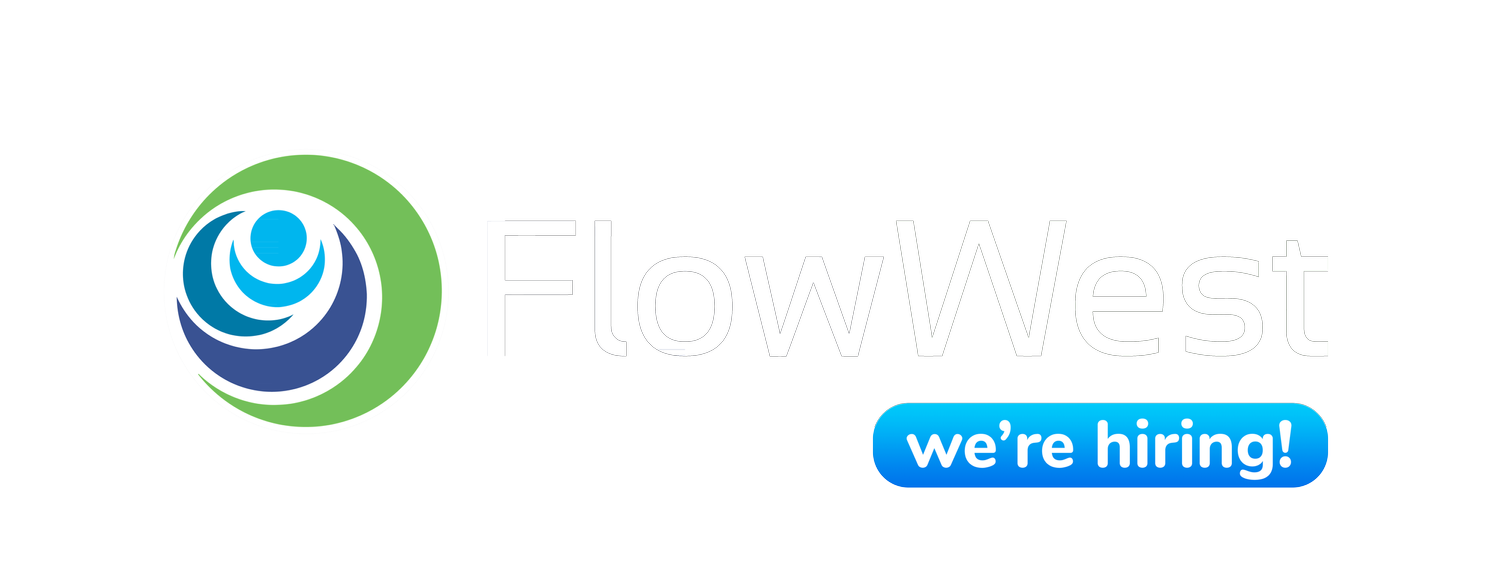In the Central Valley, adult spring-run Chinook salmon migrate from the ocean to their natal tributaries where they spawn and produce juveniles. Spring-run Chinook are classified as threatened under the Endangered Species Act (ESA). The spring-run Chinook's evolutionary significant unit encompasses naturally spawned individuals from the Sacramento River and its tributaries, as well as those from the Feather River Hatchery Spring-run Chinook Program. Key spring-run Chinook tributaries include Battle Creek, Butte Creek, Clear Creek, Deer Creek, Feather River, Mill Creek, and the Yuba River.
Twenty years ago, thousands of spring-run Chinook spawned in Deer and Mill creeks; in recent years, this number rapidly dropped to the hundreds, placing this species as threatened throughout the California Central Valley. A multi-agency discussion agreed to develop a spring-run Chinook salmon juvenile production estimate (SR JPE). An annual SR JPE model requires timely and automated access to machine-readable monitoring data and metadata from over 40 individual data sources, including abundance estimates of multiple life-history stages spread across eight regions and several agencies. FlowWest is contracted to lead the development of an open and transparent data management system to provide interoperable, timely, and accessible data required to support SR JPE modeling.
FlowWest is working to build a data management system where data is compiled, transformed, and stored in a standardized format. After extensive outreach and coordination with monitoring programs, rotary screw trap (RST) data utilized in the SR JPE is publicly available for download on the Environmental Data Initiative (EDI)–a public repository for environmental and ecological data–by searching for the keyword “SR JPE”. Ultimately, all data used in SR JPE modeling will be publicly available through EDI.
There are four distinct runs of chinook salmon in the Central Valley–fall, late-fall, winter, and spring run. These runs return to spawn at different times of the year and encounter different environmental and habitat conditions. To manage the ESA-listed spring-run chinook population, it is crucial to identify and distinguish salmonid run information in monitoring data. Accurate run identification is a critical step toward developing spring-run estimates and understanding the spring-run Chinook juvenile migration, timing, movements, and distributions. FlowWest is working to develop a data entry user interface and data management system for genetic samples collected by monitoring programs and processed by agency genetics labs. Genomic data is used to develop CRISPR-based SHERLOCK assays capable of distinguishing spring-run Chinook salmon from other runs in the Central Valley. Results from these assays inform the development of a Probabilistic-Length At Date (PLAD) model.
Reimagining Data
Under the direction of a multi-agency team, FlowWest is piloting a tablet field data collection application called DataTackle. This system standardizes RST field data entry, streamlines data integration across monitoring programs, and improves data quality through automated data validation and quality control tools. DataTackle also automates reporting and data sharing through regular uploads to EDI–delivering high-quality, interoperable data in real-time.
FlowWest is working to reimagine historical data workflows that require extensive integration before data can be used in regional analysis. We are developing tools that enable data integration from the beginning of the data lifecycle–the data collection stage. Under the direction of a multi-agency team, FlowWest is piloting a tablet field data collection application called DataTackle. This system standardizes RST field data entry, streamlines data integration across monitoring programs, and improves data quality through automated data validation and quality control tools. DataTackle also automates reporting and data sharing through regular uploads to EDI–delivering high-quality, interoperable data in real-time.
These site visits were invaluable for our data management at FlowWest, offering fresh context to data we have been analyzing remotely for months. They underscored the importance of capturing site-specific considerations to ensure data is used accurately in modeling. Often, this knowledge is held by monitoring crews alone, but we aimed to incorporate these nuances into metadata to enhance data usability for regional modeling. Motivated to learn more about the other systems, we conducted an additional visit to Butte Creek in 2023 to test DataTackle and enhance our understanding of rotary screw traps and video monitoring weir sites. We look forward to continuing to engage with monitoring crews to enhance metadata across SR JPE streams.
FlowWest’s work on the SR JPE aligns with our commitment to preserving Chinook salmon populations in the Central Valley. Our work developing an innovative and transparent data management system aimed at facilitating timely access to critical monitoring data for SR JPE is a significant step in Central Valley salmonid management. We are actively enhancing and refining the SR JPE data management system, anticipating the release of additional resources for this project to be accessible to the public in 2024.















